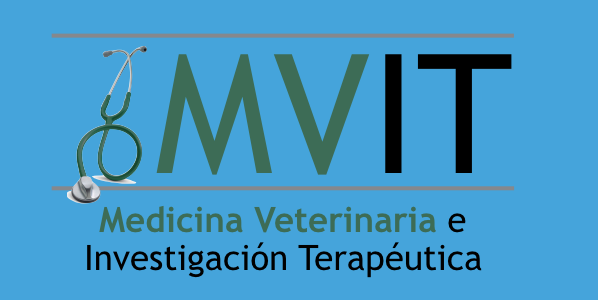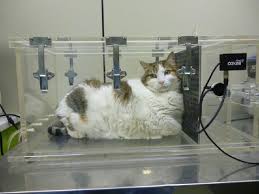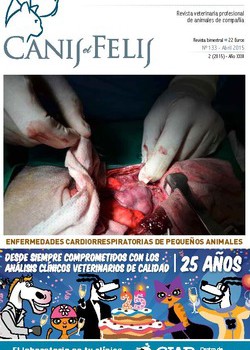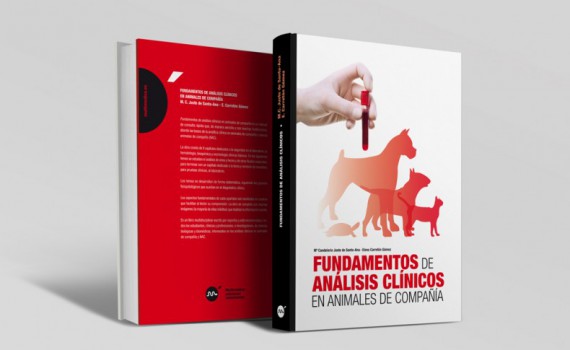
Evaluation of mean echogenicity of tendons and ligaments of the metacarpal region in neonatal foals: A preliminary study
Research in Veterinary Science
Volume 101, 1 August 2015, Pages 11-14
Spinella, G. , Loprete, G., Castagnetti, C., Musella, V., Antonelli, C., Vilar, J.M., Britti, D., Capitani, O., Valentini, S.
Abstract
The aims of this research were to evaluate mean echogenicity (ME) of the deep and superficial digital flexor tendons (DDFT and SDFT), the interosseous muscle (IM), and the accessory ligament of the deep digital flexor tendon (ALDDFT) of the metacarpal region in neonatal foals, and determine the effect of sex, side and body weight on this quantitative ultrasonographic evaluation. Thirteen orthopedically sound neonatal foals were examined. Four areas of study (1A, 1B, 2A, 2B) were identified. Transverse scans of the DDFT, SDFT, IM and ALDDFT were obtained, recorded, and analyzed. The most echogenic structures were the ALDDFT and DDFT, while the SDFT was significantly less echogenic than all other structures (P < 0.05). No influence of sex, forelimb, or body weight was observed. The echogenicity of the tenodesmic structures of foals partially overlapped that reported in the metacarpal region in adult horses, except for IM.






